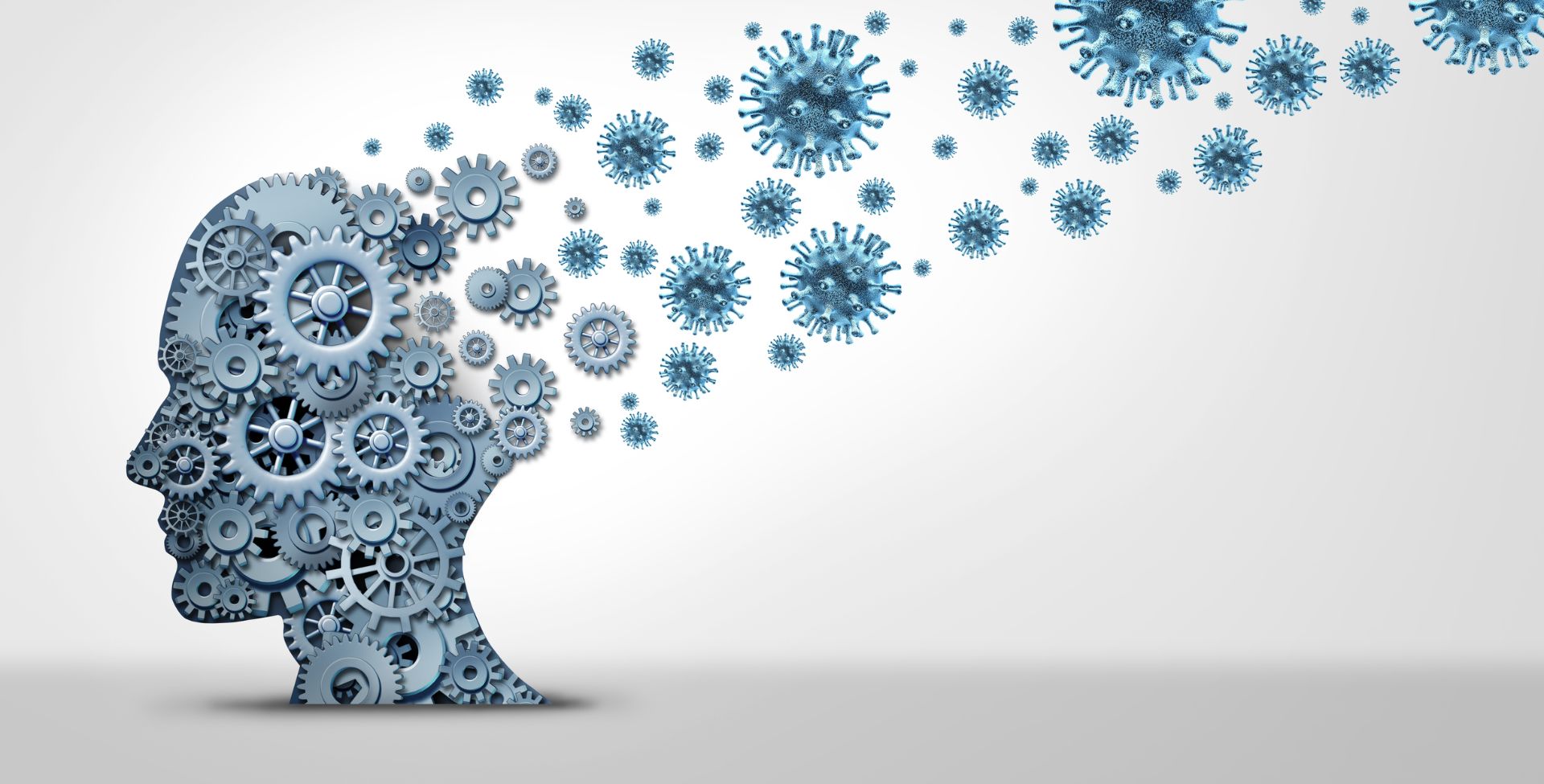Mental Disorders: Understanding the Global Landscape

Introduction
In the intricate tapestry of global health, mental disorders have emerged as a significant challenge affecting a substantial portion of the world's population. According to the World Health Organization (WHO), a mental disorder is characterized by a clinically significant disturbance in an individual's cognition, emotional regulation, or behavior, often associated with distress or impairment in crucial areas of functioning. This comprehensive analysis explores the prevalence, types, causes, and available treatment options for mental disorders based on the International Classification of Diseases 11th Revision (ICD-11).
Prevalence of Mental Disorders
In 2019, a staggering 1 in every 8 people, totaling 970 million individuals globally, were living with a mental disorder. Anxiety and depressive disorders were the most common, affecting a significant portion of the population. The COVID-19 pandemic in 2020 further exacerbated these numbers, witnessing a 26% increase in anxiety disorders and a 28% increase in major depressive disorders in just one year.
Types of Mental Disorders
Anxiety Disorders
In 2019, 301 million people, including 58 million children and adolescents, were living with an anxiety disorder. These disorders involve excessive fear, worry, and related behavioral disturbances, leading to significant distress or impairment in functioning. Various types, such as generalized anxiety disorder, panic disorder, social anxiety disorder, and separation anxiety disorder, exist. Effective psychological treatment is available, complemented by medication in certain cases.
Depression
Depression affected 280 million people in 2019, including 23 million children and adolescents. It differs from usual mood fluctuations, presenting as a persistent depressed mood or loss of interest in activities, accompanied by several other symptoms. The risk of suicide is elevated among individuals with depression. Effective psychological treatment and medication, depending on severity, offer avenues for relief.
Bipolar Disorder
Approximately 40 million people experienced bipolar disorder in 2019. This disorder involves alternating depressive episodes with periods of manic symptoms, including elevated mood, increased activity, and impulsivity. Effective treatment encompasses psychoeducation, stress reduction, social functioning enhancement, and medication.
Post-Traumatic Stress Disorder (PTSD)
High prevalence of PTSD is noted in conflict-affected settings. PTSD may develop following exposure to extremely threatening events, characterized by re-experiencing the trauma, avoidance behaviors, and persistent perceptions of heightened current threat. Effective psychological treatment is available.
Schizophrenia
Schizophrenia, affecting around 24 million people globally, manifests as significant impairments in perception and behavior. Symptoms include delusions, hallucinations, disorganized thinking, and cognitive difficulties. Treatment options include medication, psychoeducation, family interventions, and psychosocial rehabilitation.
Eating Disorders
In 2019, 14 million people, including almost 3 million children and adolescents, experienced eating disorders. Conditions like anorexia nervosa and bulimia nervosa involve abnormal eating behaviors, posing risks to health and well-being. Effective treatments include family-based and cognitive-based therapy.
Disruptive Behaviour and Dissocial Disorders
Around 40 million people, including children and adolescents, were living with conduct-dissocial disorder in 2019. This involves persistent behavior problems violating societal norms. Effective psychological treatments, often involving parents and caregivers, are employed.
Neurodevelopmental Disorders
Neurodevelopmental disorders, arising during the developmental period, encompass conditions like intellectual development disorders, autism spectrum disorder (ASD), and attention deficit hyperactivity disorder (ADHD). Treatment options include psychosocial interventions, behavioral interventions, and, in certain cases, medication.
Risk Factors
Individual, family, community, and structural factors may combine to protect or undermine mental health. Adverse circumstances such as poverty, violence, disability, and inequality elevate the risk. Protective factors, including emotional skills and genetics, contribute to resilience.
Health Systems and Social Support
Despite the substantial burden of mental disorders, health systems worldwide are significantly under-resourced to meet the needs of affected individuals. There exists a considerable gap between the need for treatment and its provision. Only a fraction of individuals with mental disorders, such as psychosis and depression, receive formal mental health care. Social support, including assistance in personal, family, and social relationships, is essential for individuals with mental disorders. Support for education, employment, housing, and meaningful activities is also crucial.
WHO's Response
WHO's Comprehensive Mental Health Action Plan 2013-2030 outlines four major objectives:
-
Strengthen effective leadership and governance for mental health.
-
Provide comprehensive, integrated, and responsive mental health and social care services in community-based settings.
-
Implement strategies for promotion and prevention in mental health.
-
Strengthen information systems, evidence, and research for mental health.
The Mental Health Gap Action Programme (mhGAP) focuses on evidence-based guidance, tools, and training to expand mental health services, especially in resource-poor settings. The Intervention Guide 2.0 provides assistance to non-specialist health-care providers in the assessment and management of mental disorders.
Conclusion
Understanding the global landscape of mental disorders is crucial for developing effective strategies for prevention, intervention, and support. The prevalence, types, and consequences of mental disorders underscore the urgent need for comprehensive and integrated efforts from health systems, communities, and societies to address this critical aspect of public health. The WHO's initiatives play a vital role in guiding and supporting these efforts toward achieving mental health for all.
0
0